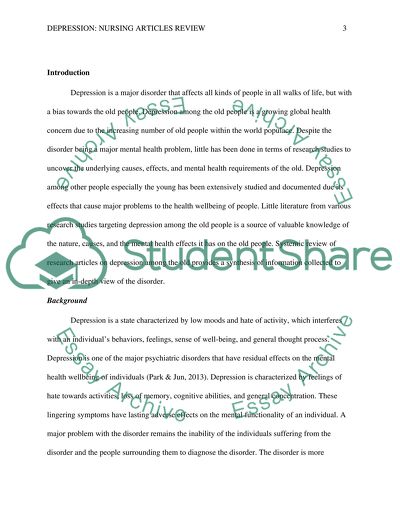Cite this document
(“Depression Essay Example | Topics and Well Written Essays - 1750 words”, n.d.)
Retrieved from https://studentshare.org/nursing/1638110-depression
Retrieved from https://studentshare.org/nursing/1638110-depression
(Depression Essay Example | Topics and Well Written Essays - 1750 Words)
https://studentshare.org/nursing/1638110-depression.
https://studentshare.org/nursing/1638110-depression.
“Depression Essay Example | Topics and Well Written Essays - 1750 Words”, n.d. https://studentshare.org/nursing/1638110-depression.


